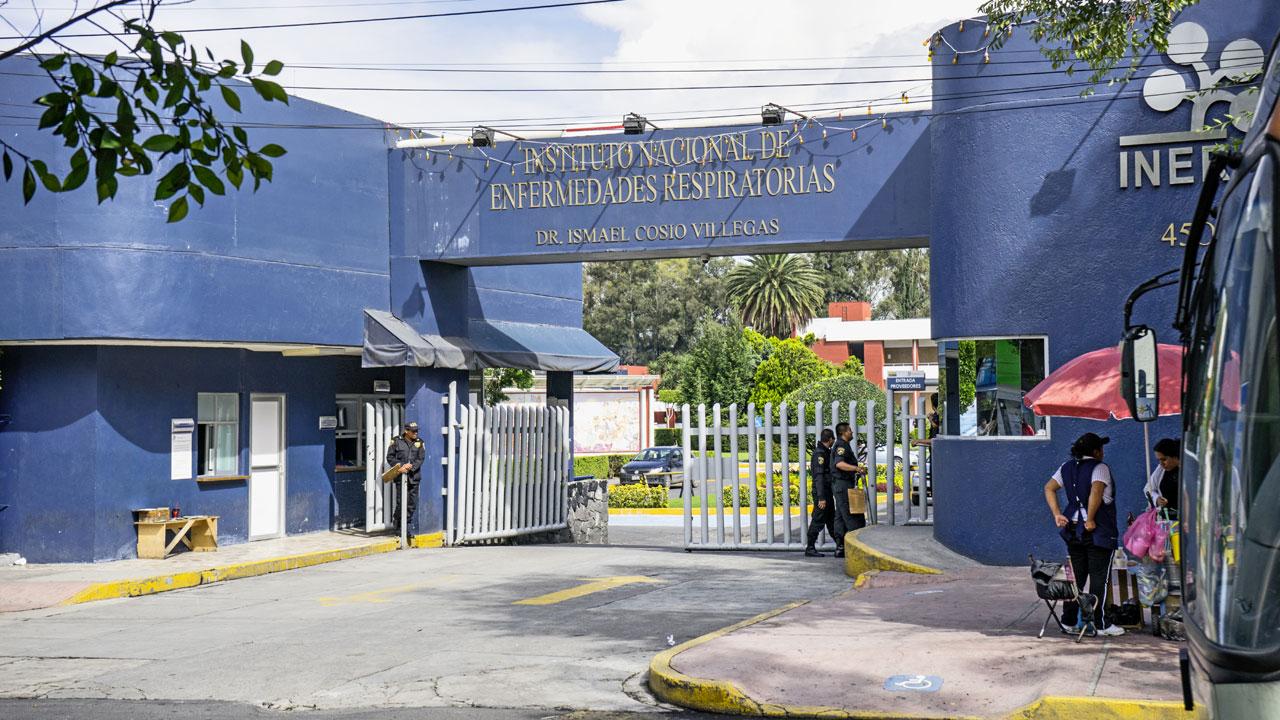Dr. Enrique Baltazares treats life-threatening pulmonary diseases at the Instituto Nacional de Enfermedades Respiratorias (INER) in Mexico City, Mexico. The institute is the only hospital in Mexico that also treats indigent patients.

Tuberculosis is a bacterial infectious disease that attacks the lungs. According to the World Health Organization (WHO), in 2013 more than nine million people were infected and 1.5 million people died worldwide. The disease mainly affects developing countries, but also occurs in the developed world in combination with the immunodeficiency disease AIDS.1
Dr. Mario Enrique Baltazares from the Instituto Nacional de Enfermedades Respiratorias (INER) in Mexico City is one of the most experienced pneumology, cardiology, and hemodynamic specialists in Mexico. In this interview, he describes the situation and the medical challenges of treating the disease.
Dr. Baltazares, how widespread is tuberculosis in Mexico and what is the trend?
Tuberculosis is endemic in Mexico, and it is normally a disease of poverty with drastic social and economic consequences for patients and their families. Luckily, the number of infected people is diminishing. This is due to, on the one hand, economic progress and improved living conditions and, on the other, a more efficient healthcare system. Early detection and monitoring have improved significantly.

A functioning healthcare system is important, as can be seen from the example of New York in the 1970s when cuts in the healthcare budget resulted in an increase in tuberculosis cases. Today, there is still no efficient vaccination against tuberculosis. What are some of the other dangers?
Multi-resistant bacteria are a great danger to public health, and we are extremely careful when we have a drug-resistant patient. They are closely monitored their whole lives by the healthcare system. We will never bring tuberculosis and other infectious diseases completely under control as long as a large proportion of the world’s population is marginalized and has no healthcare, no education, not enough to eat, or decent housing.
What, in your opinion, is the key to effectively treating tuberculosis?
Prevention. It is always cheaper to prevent disease from occurring than to treat it. But politicians need to understand that first, because there must be enough money available to do this.
What advantages do interventional angiography systems like Artis zee offer in the treatment of acute tuberculosis cases?
Most tuberculosis patients used to die from sudden bleeding. Today, we can embolize the bleeds, and thanks to the system we now have very good images of the patient’s insides. This increases the procedure precision. As a result, we save money. Sometimes embolization only takes 15 minutes when it used to take three times as long. I also used to have to write long surgical reports afterwards, but the workstation takes care of that now. I only have to write the final summary. The procedure is very successful: 92% of the patients have no more symptoms one year later.